Self-tapping screws are one of the most common fasteners used in a variety of industries. It is believed that the types of screws and self-tapping screws are similar, but the self-tapping screw is a newer fastening product.
Types of self-tapping screws table 1.
|
Wide thread + pointed tip |
Small thread + pointed tip |
Drill/sharp tip+hexagonal/semi-round head |
Types of self-tapping screws
Self-tapping screws for wood
A self-tapping screw is a good alternative to nails. Thanks to the thread, it easily penetrates into the wooden material and is securely fixed there, which significantly increases the strength of the fixation. Also, a positive point of such a connection is that screwing the self-tapping screw does not require a strong load on the material. which reduces the possibility of cracking the board.
The field of application of self-tapping screws for wood is very diverse - construction, installation of wooden structures, furniture production, as well as other areas where wooden material is used.
Self-tapping screws for metal
Specialized self-tapping screws are used to fasten sheet metal. The difference between these self-tapping screws is that they have a finer thread, which allows them to be securely fixed in solid material. Another strong distinguishing feature is the large thickness of the body of the self-tapping screw and the high hardness of the material, which does not allow the product to deform when screwing.
Types of self-tapping screws for metal:
- with a press washer
- for profiles
- roofing
- black
- stainless
Self-tapping screws for plasterboard
Self-tapping screws for drywall are selected according to the material to which it will be attached - metal or wood.
Self-tapping screws for a metal profile have tips for a drill and a small thread, and if we talk about self-tapping screws for wood, everything is the opposite - the tip is pointed, and the thread is more elongated.
Roofing screws
Fasteners of this type are used during the installation of roofing - corrugated board, metal tiles and others. Basically, roofing fasteners are galvanized self-tapping screws of various sizes.
Types of roofing self-tapping screws:
- with semicircular head and press washer;
- with a hexagonal head, a separate washer, a drill bit;
- with semicircular head, washer made of polyamide.
How does a self-tapping screw differ from a screw
Despite the external similarity, self-tapping screws and screws are completely different fastening products. Even if you look carefully at the photo, you can distinguish them. A screw is a rod on which a thread is completely or partially applied. The tip of this rod is pointed or made in the form of a drill.
There are also various types of screw heads:
- semicircular
- hexagonal
- secretive
- semi-secret
A self-tapping screw is actually the same screw, but with a pointed tip. Their type of notch is applied only to the entire length of the rod, in a wide step.
But the main difference between a screw and a self-tapping screw is the field of application. Screws are most often used in the assembly of technical devices. The self-tapping screw can be used in a much wider list of industries.
Choice of length and diameter of self-tapping screws
In general, there are several rules for correctly choosing the size of the self-tapping screw:
- For a reliable connection (regardless of the material), the pointed end of the self-tapping screw should not protrude from the opposite side of the fastening part. Ideally, it should not reach the end by about 5-6 mm.
- If two parts are fastened together, the length of the self-tapping screw must fit into the lower part by at least ⅓ of its height. For example, if we fasten two boards with a height of 30 mm each, then the length of the self-tapping screw is 30+30/3=40 mm.
- If the board is attached to some massive material, its length should be 2-2.5 times longer than the part being attached.
How to choose self-tapping screws for wood
Before you buy a self-tapping screw, make sure you have an electric tool for screwing. You can do the work with a regular screwdriver, but it will be quite difficult.
Self-tapping screws for wood are fasteners for hard wood species. The advantage of this type of fastening is that the drill allows you to screw it in without pre-drilling a hole.
Often, a universal self-tapping screw is used for fastening to wood, this is allowed when wood and metal are fastened together, in the event that the question arises of how to fasten wooden materials together, the answer is clear - only a self-tapping screw for wood.
Carving and other "bells and whistles"
- Undoubtedly, choosing a self-tapping screw should start with the head. It can be recessed, cylindrical or semi-circular, it depends on what kind of connection you need to get.
- After that, you should think about which slot will be the best fit for your instrument. The most optimal option is a torx slot, because it best transmits the torque from the power tool.
- Regarding the thread - again, it all depends on how tight a connection you want to achieve. If, when fastening two bars together, a tight connection is required, the best option would be a partial thread.
- To facilitate screwing into solid wood or sheet material, there are screws with small notches at the end of the self-tapping screw
- Self-tapping screws for wood in principle provide protection against cracking of the board, but there are also products that reduce this risk to virtually zero.
Selection of self-tapping screws for metal
Self-tapping screws for metal have a more extended line of types. They are made in a variety of materials with almost every type of head and slot.
Self-tapping screws with press washer
This type of self-tapping screws differs in its head - it is flat on the edge and has a small protrusion in the middle.
If we talk about the choice of such self-tapping screws, it is worth paying attention to their head. If the head of the self-tapping screw is more rounded, most likely such a self-tapping screw is not very reliable and the price for it will be more attractive. A high-quality self-tapping screw with a press washer has a trapezoidal head.
Self-tapping screws for the profile
In this case, small self-tapping screws are used. Their head is a beveled cone, the slot is only cross-shaped. A notch can be applied under the head and acts as a stopper. Despite its relatively small size, this self-tapping screw drills material with a thickness of up to 0.9 mm.
Roofing screws
Before ordering roofing fasteners, experts recommend considering several factors. The following are the main factors affecting the choice of roof fasteners:
- roof material (wood, metal structures, tiles, polycarbonate);
- sheet thickness;
- climatic zone (amount of precipitation, temperature regime, amount of sunlight, other atmospheric conditions);
- for which works do you need self-tapping screws (external, internal);
- what color is the coating
Conclusion
Whatever self-tapping screws you choose, you should always buy them from proven suppliers. A self-tapping screw is considered an excellent alternative to ordinary nails, because it has important advantages, which are discussed in this article. But many people face difficulties in choosing such products. In a specialized store, you can see a wide variety of self-tapping screws wholesale from the manufacturer, but it is important to know which ones are suitable for a specific task.


 Self-tapping screws (63)
Self-tapping screws (63)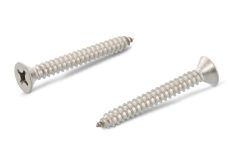


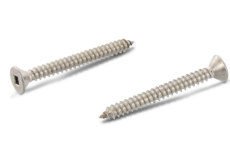


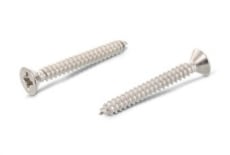
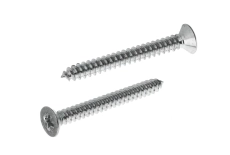



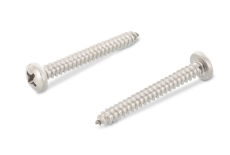


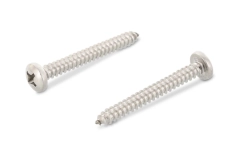
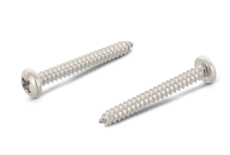
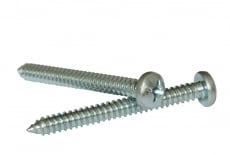
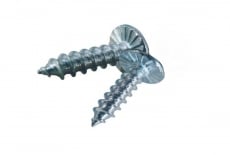
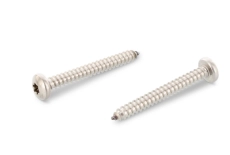
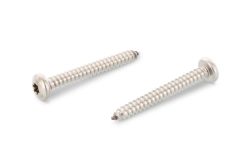
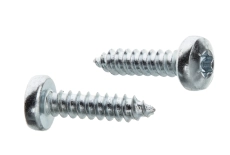

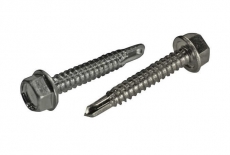
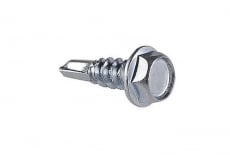
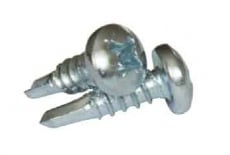
-a2-samoriz-z-napivkruhlou-holovkou-i-burom-ph--12454.webp)
-a2-samoriz-z-napivkruhlou-holovkou-i-burom-pz-12000.webp)
-a2-samoriz-z-napivkruhlou-holovkou-i-burom-sq-3342.jpg)
-a2-samoriz-z-napivkruhlou-holovkou-i-burom-pid-torx-3343.jpg)
-samoriz-z-napivkruhlou-holovkou-i-burom-nerzhaviuchyy-a2-a4-3344.jpg)

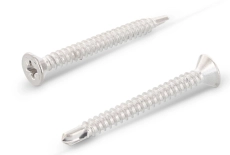
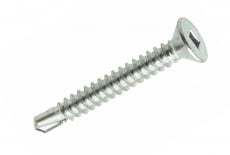
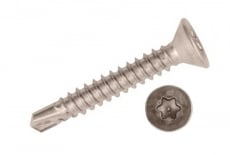
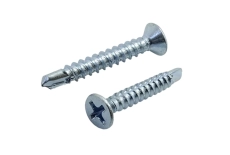
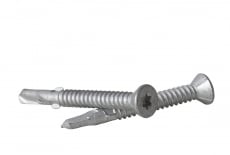

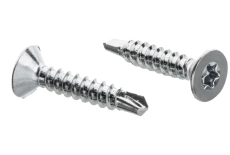
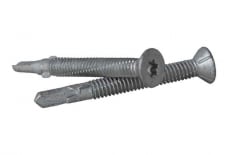



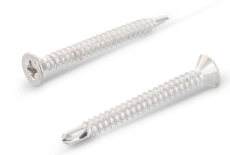

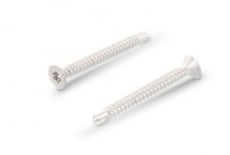
-cynk-samoriz-z-napivkruhlou-holovkou-i-burom-pid-torx-8207.jpg)